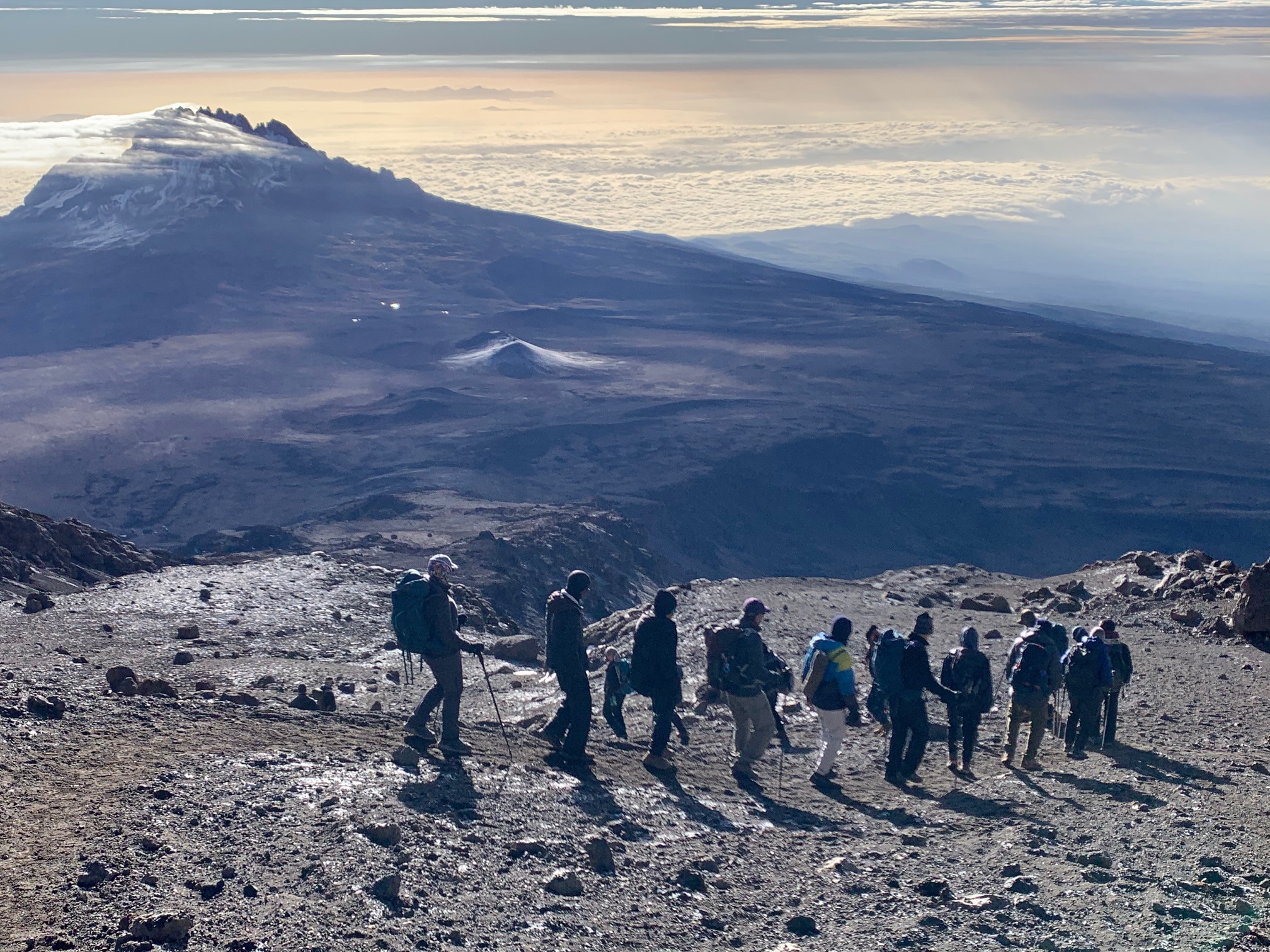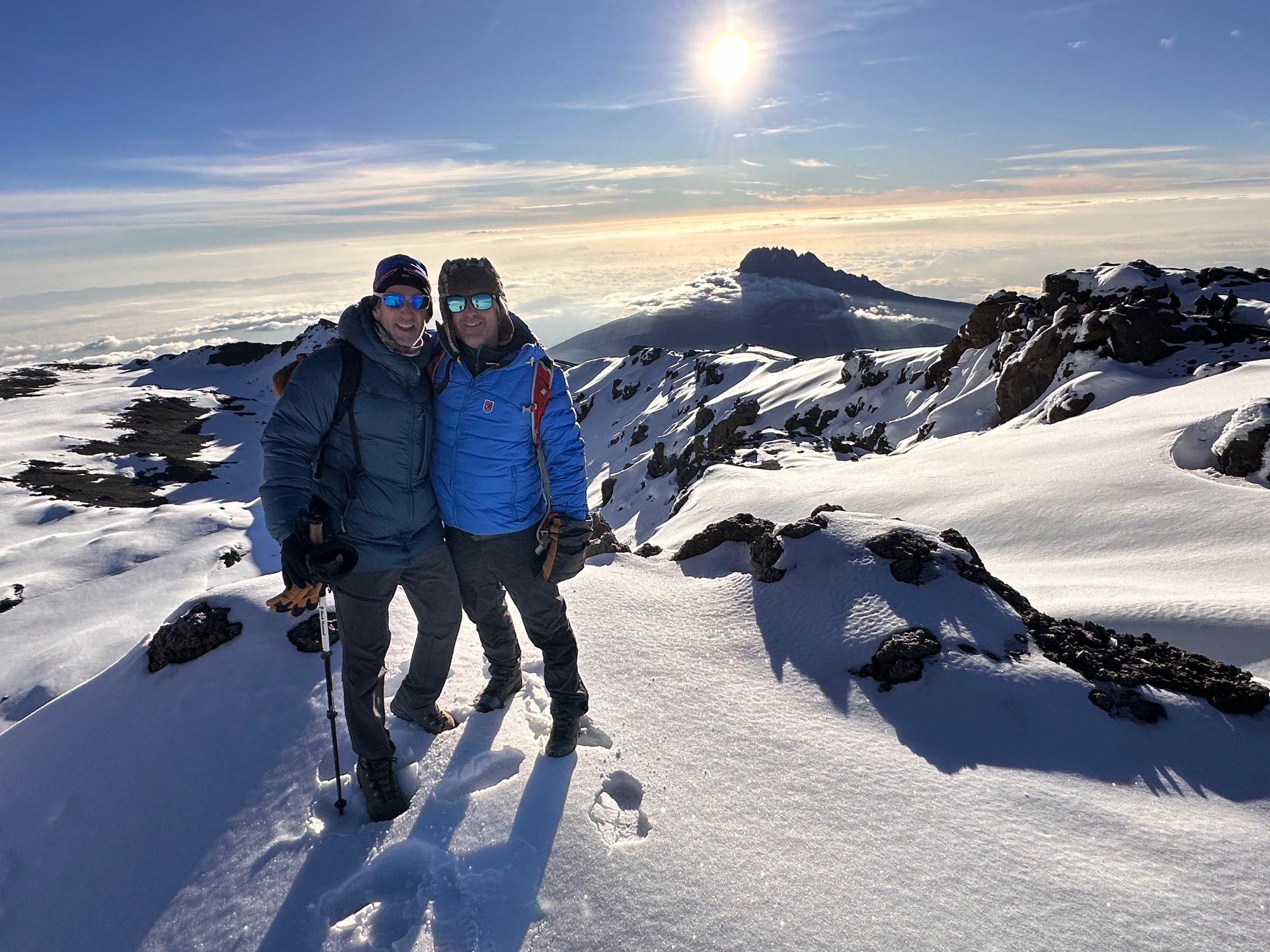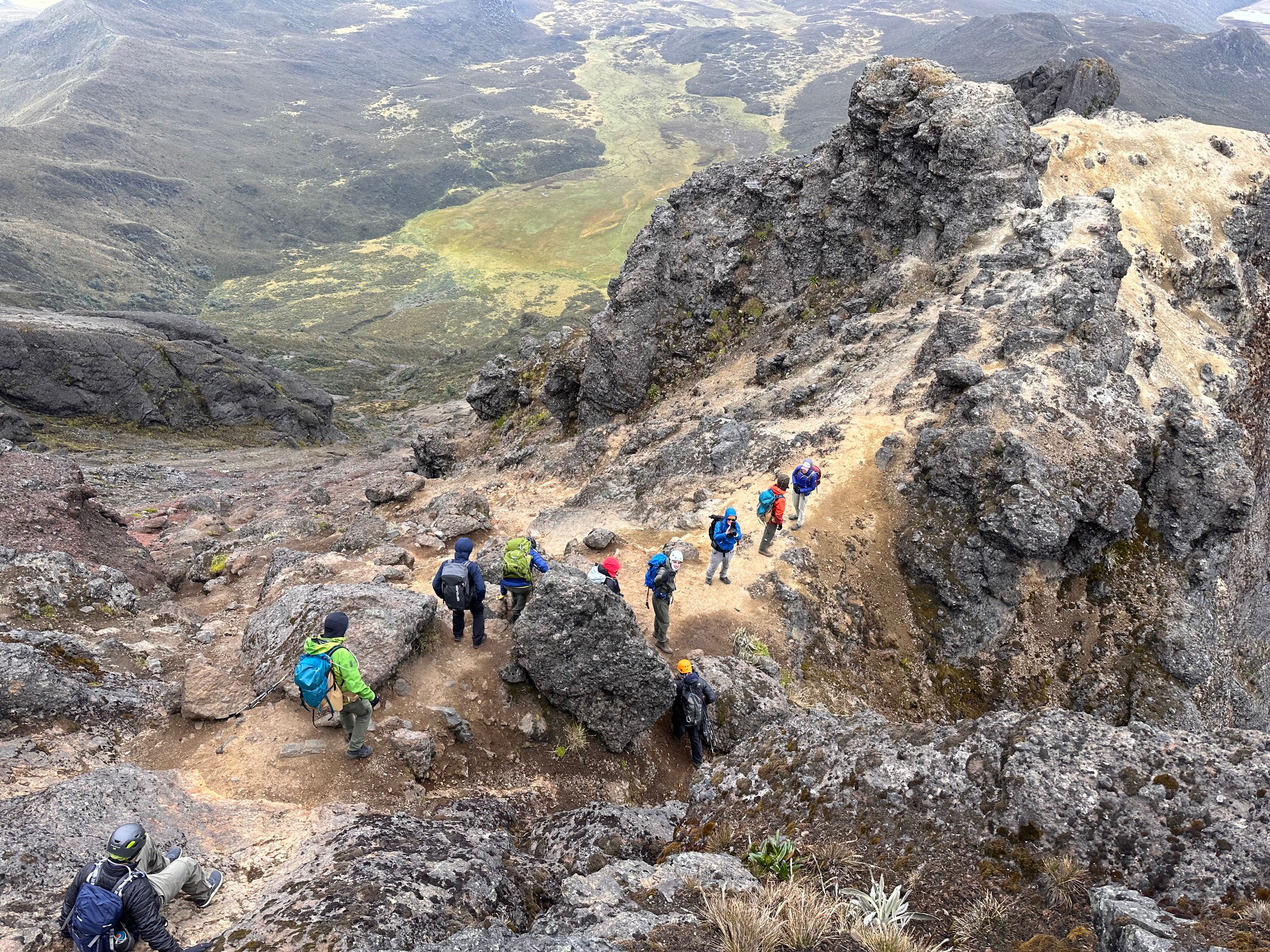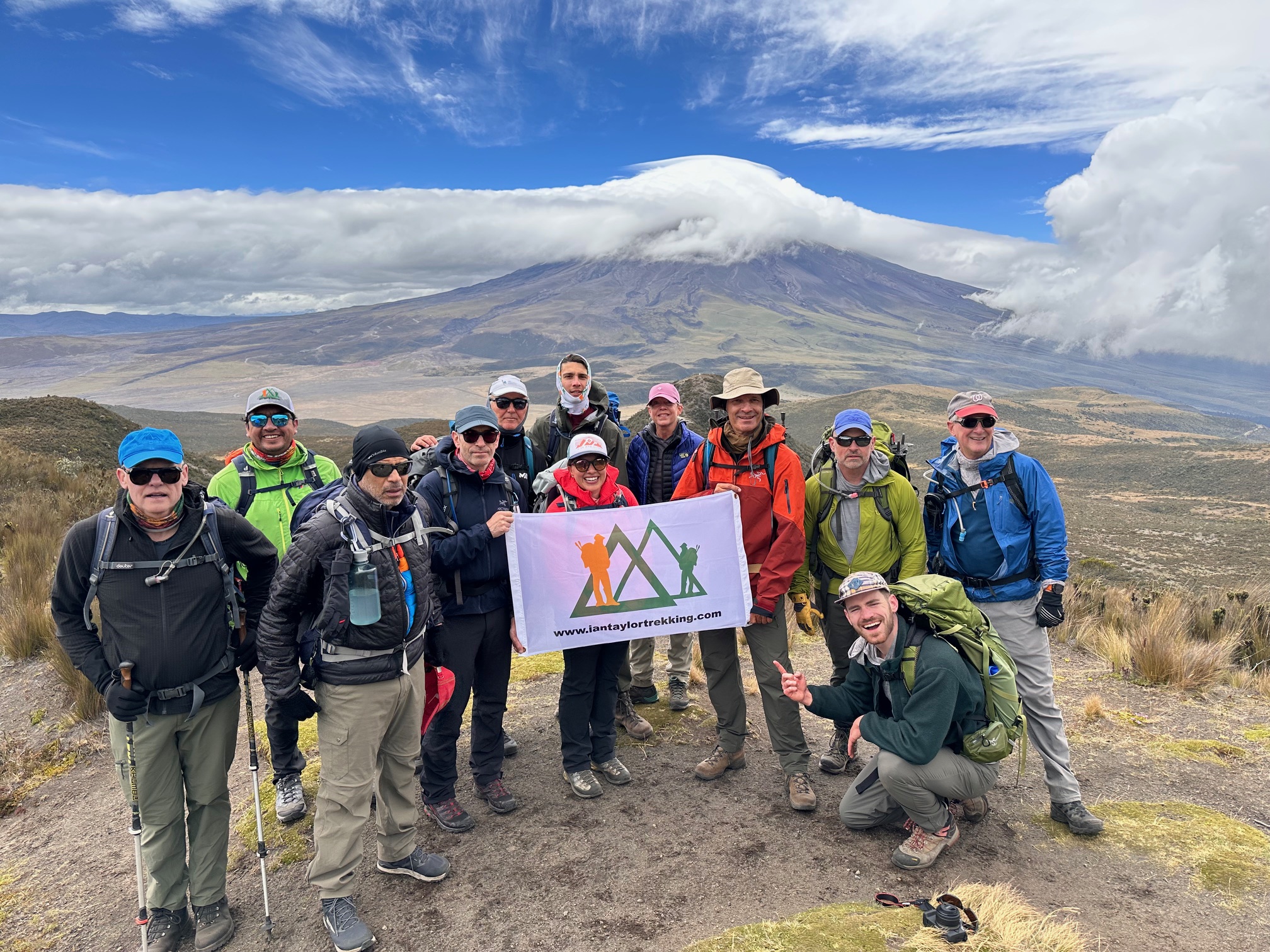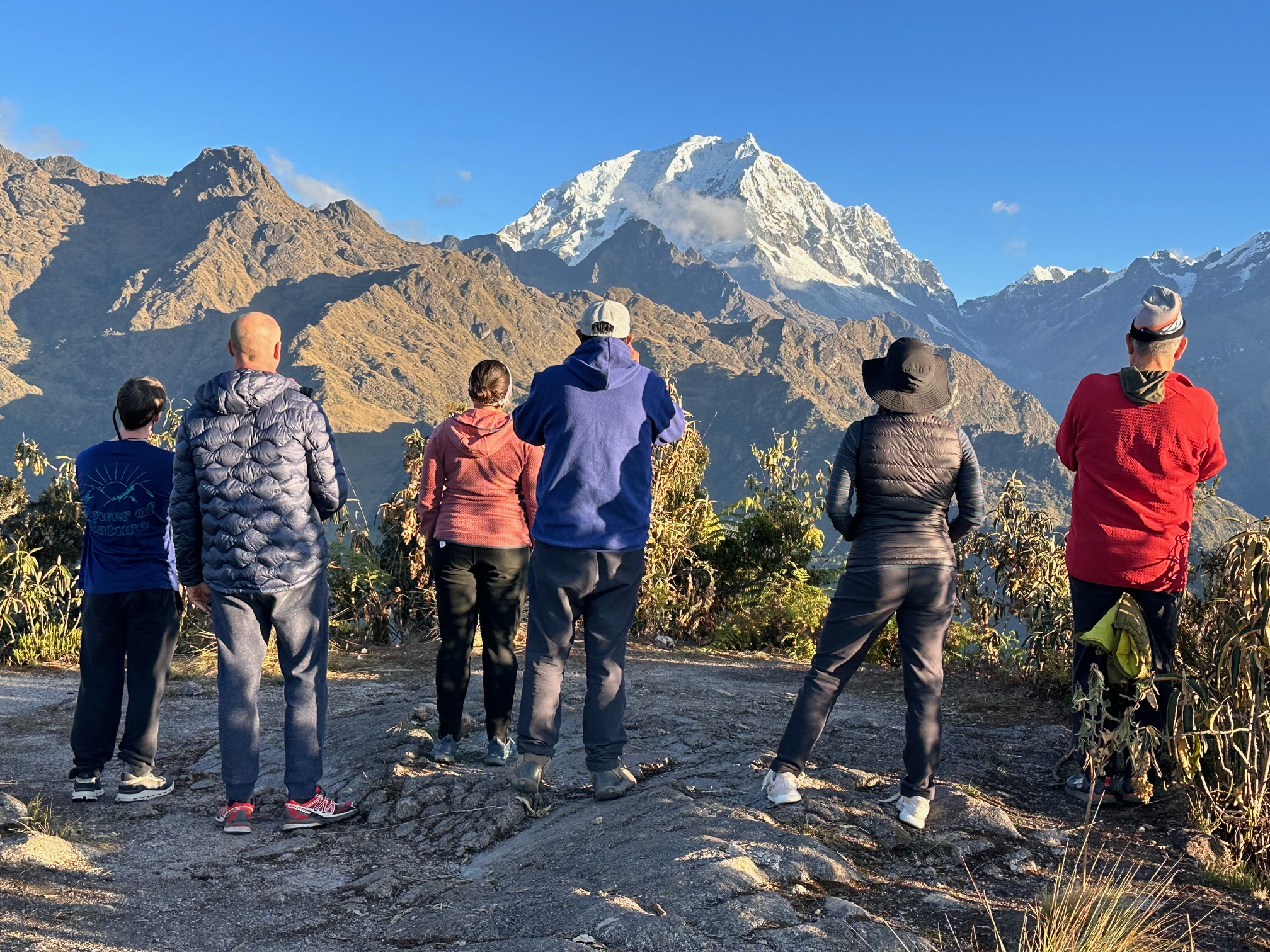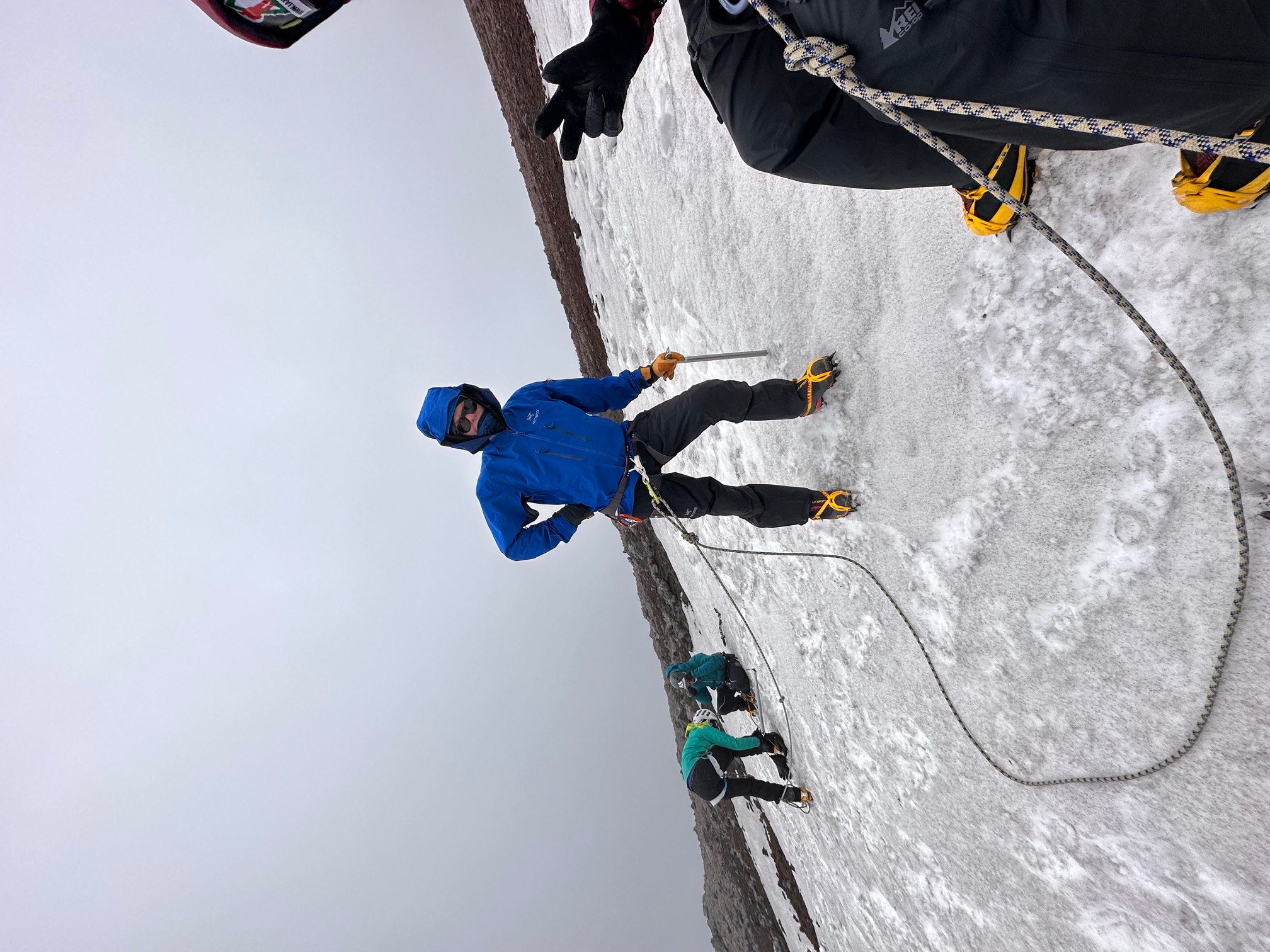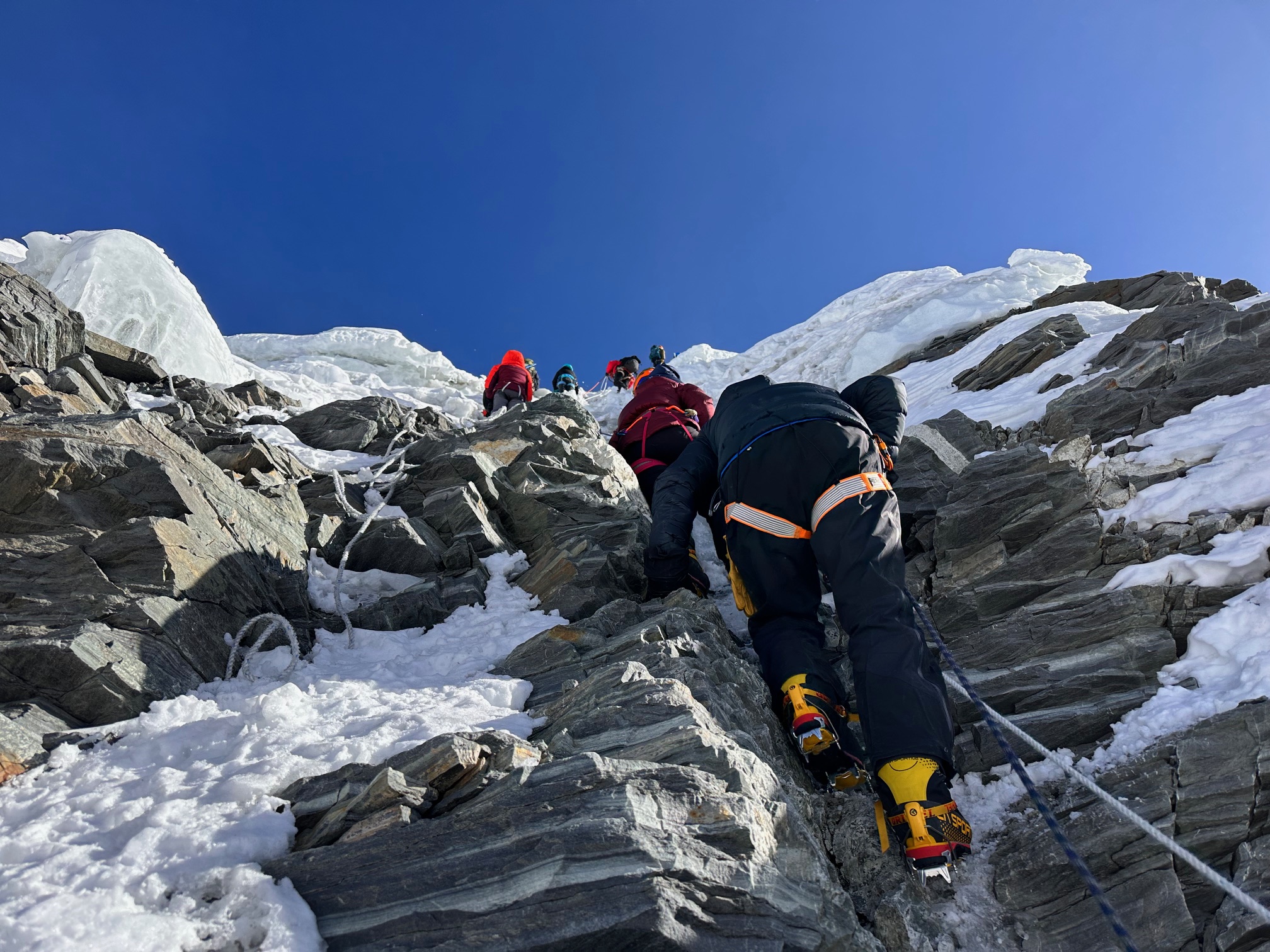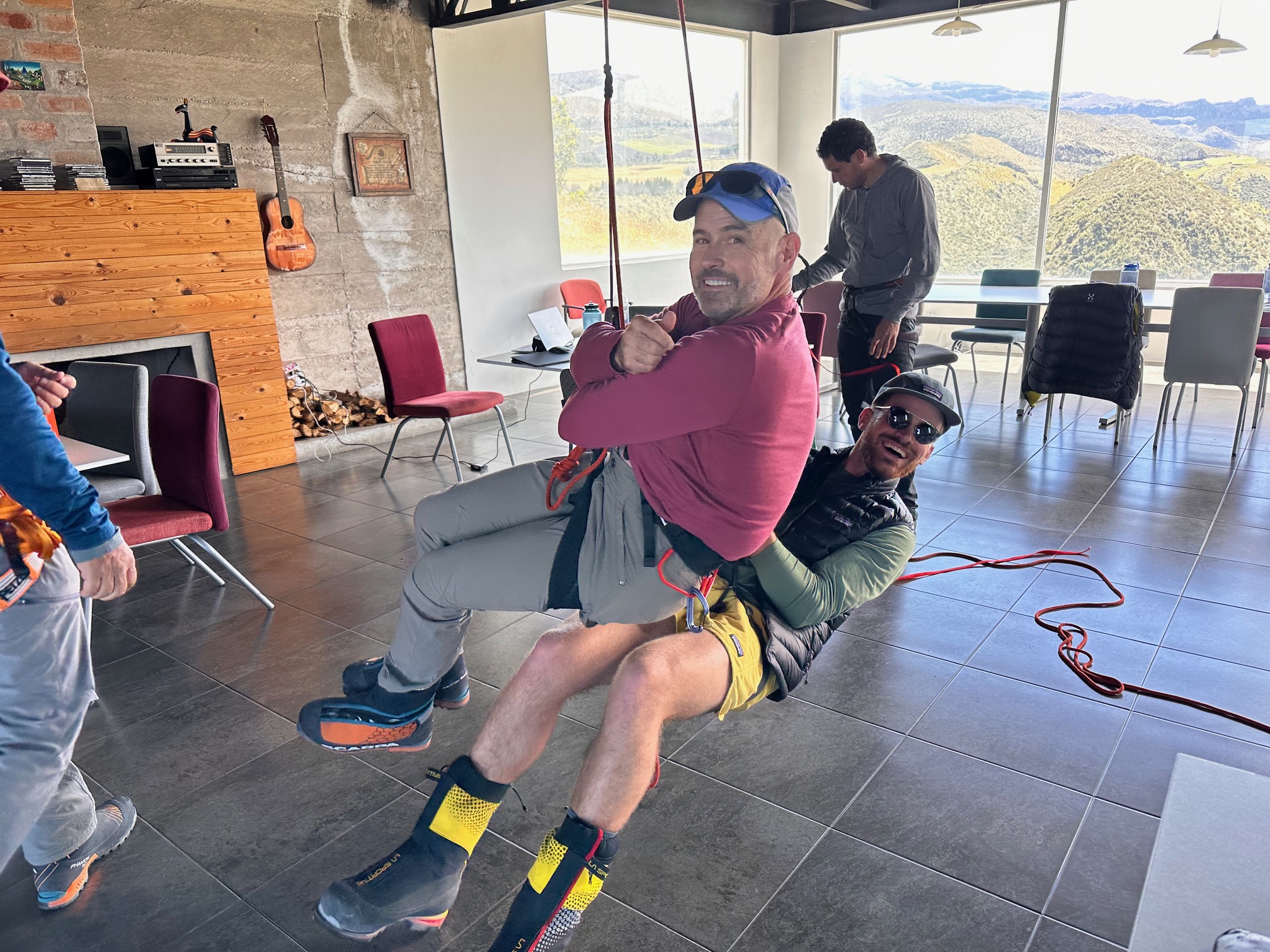Here is a comprehensive guide with a step-by-step approach to trekking and mountaineering training. We have 25 years of experience in training and preparing people for big mountain climbing.
Our goal is to communicate as clearly as we can the importance of being physically prepared for multi-day trekking and mountaineering adventures. We believe that acclimatization and specific physical preparation are critical elements for your safety, success, and overall experience in the mountains. Contact us for further information and check out our upcoming trips.
Introduction to Training
Embarking on any trekking or mountaineering adventure is an exhilarating endeavor that requires meticulous preparation. Unlike typical gym workouts or running routines, training for such expeditions demands a tailored approach to build endurance, strength, and resilience, specific to the challenges of rugged terrains and high altitudes. Follow us on Facebook.
In this guide, we present a step-by-step approach to crafting an effective training regimen for trekking and mountaineering adventures, ensuring you’re adequately prepared for the journey ahead.
Step 1: Conduct a Fitness Test
Before diving into any training program, it’s essential to assess your current fitness level. A comprehensive fitness test helps establish baseline metrics and identifies areas for improvement.
This assessment should include cardiovascular endurance, muscular strength, flexibility, and overall health. Understanding your starting point enables you to set realistic goals and customize your training plan accordingly. You should be able to set this assessment up with your local gym.
Additionally, determining your specific heart rate training zones is crucial for optimizing workout intensity and monitoring progress throughout your training journey.
Step 2: Embrace Heart Rate Training
Building a solid endurance base is paramount for trekking and mountaineering expeditions. Heart rate training focuses on developing aerobic capacity and improving cardiovascular fitness. It also lays the foundation for sustained performance in challenging environments.
By spending the bulk of your training time in zone 2 (moderate intensity) and gradually progressing towards zone 3 (vigorous intensity), you enhance your body’s ability to efficiently utilize oxygen and endure prolonged physical exertion.
Incorporating interval training, tempo runs, and long steady-state sessions can further enhance aerobic endurance and prepare you for the demands of high-altitude trekking.
Step 3: Familiarize Yourself with Terrain
Each trekking or mountaineering adventure presents unique terrain challenges that demand specific skill sets and preparation. Whether it’s navigating steep inclines, traversing rocky trails, or enduring prolonged ascents, understanding the terrain’s nuances is crucial for how you will train for your specific trip.
Researching the topography, elevation profiles, and environmental conditions of your chosen destination allows you to tailor your training regimen to mimic real-world scenarios.
For instance, preparing for a trek up Kilimanjaro requires training on various terrains. You will need to include steep ascents, descents, and prolonged uphill climbs. If you are going to be hiking at 20/30 degree angled terrain on the mountain, then there is no point in training on 10 degree angled terrain.
Step 4: Gauge Elevation Gains and Duration
Unlike traditional distance-based training, trekking and mountaineering focus on elevation gains and time spent exercising rather than miles covered. Understanding the elevation gains and daily time commitments of your expedition is vital for structuring your training schedule effectively.
Aconcagua, for example, presents significant altitude gains, with each day’s trek involving substantial elevation changes.
Conditioning your body to handle these altitude gains and extended hours of exertion is essential for acclimatization and peak performance during the expedition.
Step 5: Incorporate Hill Training
Hill training serves as a cornerstone of trekking and mountaineering preparation, simulating the elevation gains and descents encountered during expeditions.
Regularly practicing uphill and downhill walking with a weighted backpack helps build lower body strength, cardiovascular endurance, and mental resilience.
Focus on finding hills with similar elevation profiles to your target expedition. You should also gradually increase the intensity and duration of your hill workouts. Incorporating stair climbing sessions further enhances leg strength and prepares you for challenging sections of your trek.
Step 6: Supplement with Gym Training
While outdoor hiking and hill workouts on uneven terrain are crucial, supplementing your training with gym sessions can provide additional benefits.
Strength training exercises targeting major muscle groups, core stability, and functional movements help improve overall strength, balance, and injury prevention. Incorporate exercises such as squats, lunges, deadlifts, planks, and resistance band exercises to enhance muscular endurance and stability.
Additionally, integrating flexibility and mobility drills aids in maintaining joint health and range of motion. This is essential for navigating uneven terrain and preventing injuries.
Step 7: Focus on Downhill Training
Often overlooked, downhill training is equally important for trekking and mountaineering preparation. Descending steep trails and stairs places significant strain on your lower body muscles and joints, requiring adequate strength and stability.
Incorporate specific exercises targeting quadriceps, hamstrings, calves, and stabilizing muscles to improve downhill performance and reduce the risk of injury.
Focus on eccentric strengthening exercises, such as eccentric squats and lunges, to build muscle resilience and control during downhill descents.
Additionally, practicing proper foot placement and technique while descending steep slopes enhances agility and confidence on challenging terrain.
In Conclusion
Trekking and mountaineering demand a holistic approach to training that encompasses cardiovascular endurance, muscular strength, terrain-specific skills, and mental resilience.
By following this step-by-step guide and customizing your training plan to suit your individual needs and expedition goals, you can optimize your preparation and increase your chances of success in the mountains. Check out training for Alpinism by Steve House.
Remember, consistency in daily training, patience, and gradual progression are key principles in building the physical and mental fortitude required for unforgettable adventures in the great outdoors. Contact us and learn more about your next trekking adventure.


